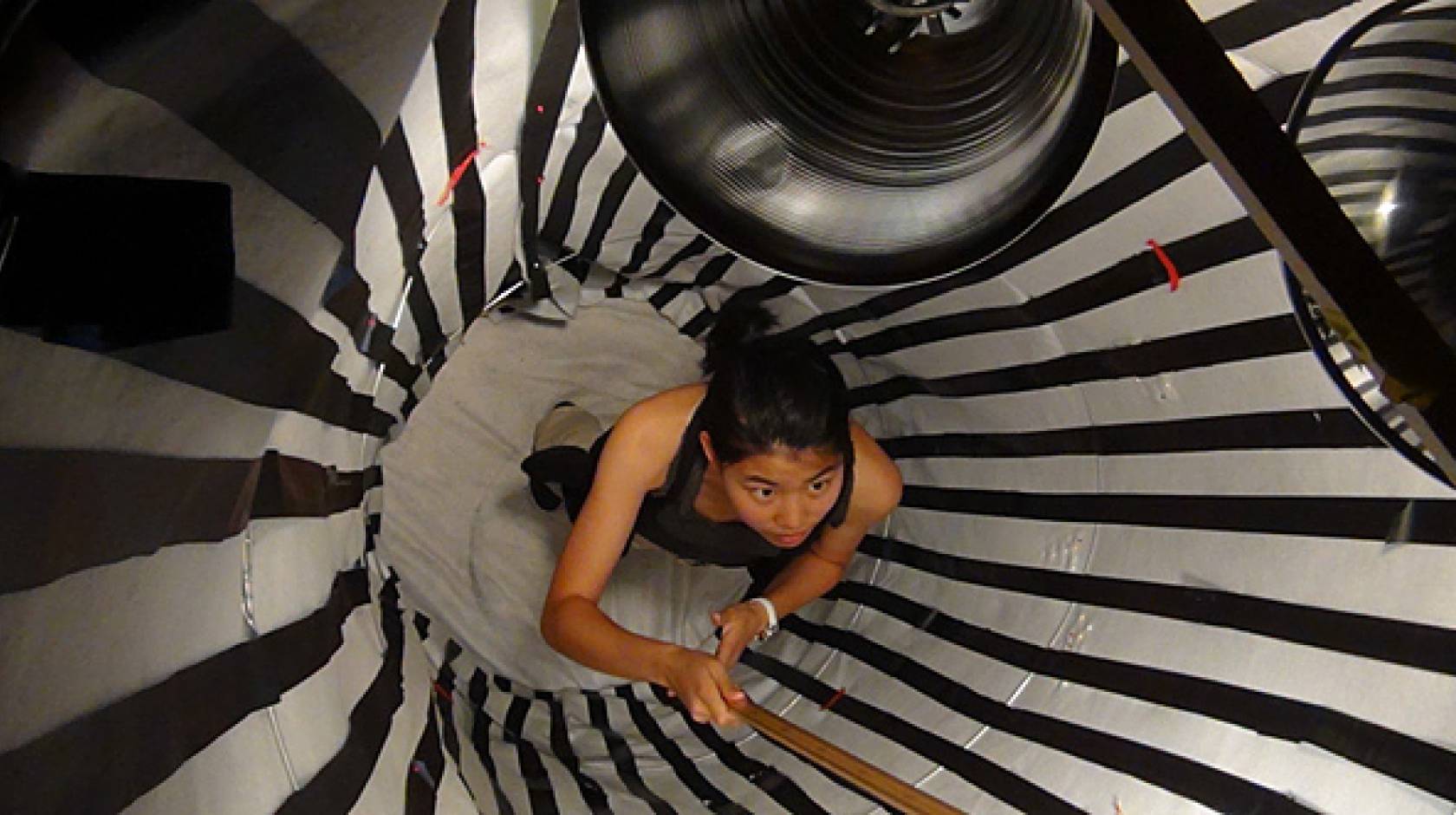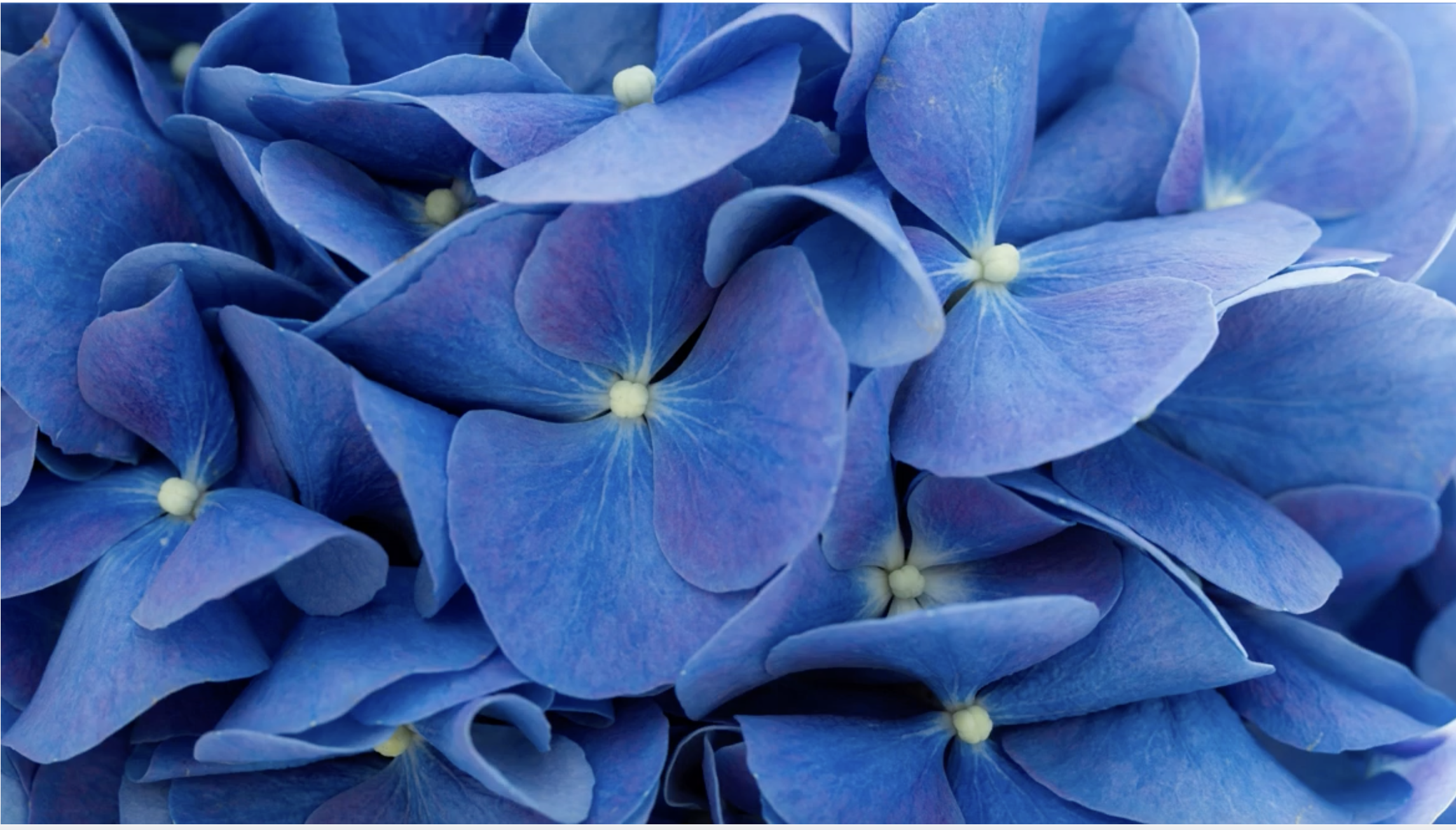Dennis Evangelista, UC Berkeley

Twenty-six young UC Berkeley scientists, many in the Berkeley Undergraduate Research Apprentice Program (URAP), will make a rare trip to present their research at an upcoming major international biology conference.
The Society for Integrative and Comparative Biology is holding its annual meeting in San Francisco Jan. 3-7, and the students will be presenting their work alongside researchers from around the world on integrative biology topics such as physiology, evolution, ecology, biomechanics and paleontology.
The Berkeley undergraduates, many of whom will be attending their first scientific meeting, will share their ground-breaking work with recognized experts in their fields. Among their topics are the flight of birds, winged seeds, sea anemones, frog teeth, extinct echinoderms, cockroach running, stick insects, gecko toes, parthenogenetic lizards, sex and mantis shrimp. Other students will discuss engineering work related to biology, including sensitivity to turbulence, bio-inspired design of ice-resistant surfaces and robots.

URAP gives students the chance to perform research with faculty across the campus. Because of the cost of travel, few undergrads have been able to attend such conferences in previous years. But with this year’s conference just across the bay, many students are taking part and will gain experience invaluable to building their future careers in science and engineering.
Tony Huynh, a recent URAP apprentice, says being able to do research as an undergrad has helped him develop his love for integrative biology. As an undergraduate, he studied both paleontology and biomechanics in living organisms. He will be presenting work that reconstructs the function of extinct organisms using techniques borrowed from engineering.
Huynh used X-ray scanning and three-dimensional printing to make high-fidelity models of blastoids, extinct echinoderms distantly related to starfish and sea urchins. With the models, he was able to test theories about the function of their respiratory system.
Robert Stevenson led four other URAP apprentices in working on a project that used physical models made from laser-cut paper to test the function of 260-million-year-old winged seeds. Their work will contribute to a better understanding of the development of flight in plant seeds, and to identifying physical limits on the dispersal of early conifers.
Other work aims to wed biology and engineering. Sam Mansfield, a current URAP apprentice and an electrical-engineering student, has studied the electronics and design of new musical instruments, and has been using his expertise to design new systems inspired by sonar arrays to track birds and insects. Mansfield and his collaborators hope to apply the system to studies of animal behavior.
While much of the work originated with projects started by faculty, some got its start as independent student projects, including senior theses. Homayun Mehrabani, a bio-engineering major, began working on the flight mechanics of hummingbirds as part of an independent project in the Department of Integrative Biology’ annual Biomechanics Lab class.
“We were fortunate to be able to continue the work from a final project into independent research,” says Mehrabani. “These opportunities provide students like myself the chance to tackle novel research that answers basic science questions and may have important applications, such as in design of micro air vehicles.”
Mehrabani, URAP researcher Irene Steves and their team investigated the kinematics and trajectory of landing behavior of Anna’s hummingbirds. Looking into body angles, as well as horizontal and vertical velocities and acceleration as a hummingbird approaches and lands on a perch, their project aims to understand basic biomechanical principles behind these behaviors.
Another team of undergraduates developed new surface materials with special textures inspired by Antarctic marine invertebrates. The team was able to improve their sample’s ability to avoid ice formation, compared to samples lacking the special texture. They envision their technique’s use in refrigerators, airplane wings and items designed for polar environments.
The URAP program, which connects about 1,400 apprentices with 250-275 faculty mentors and their research associates each year, often deepens undergraduate’s understanding of material presented in the classroom and also serves as a springboard for students’ future independent research.
Says Irene Steves, who also is researching mantis shrimp: “My URAP apprenticeship has gotten me more and more excited about the world of science, even causing me to seriously consider grad school.”
She adds, “I love that at the end of the project, I’ll know something about the world that no one has yet known. Even though the work can be frustrating at times (try several hours of weighing ground shrimp samples and you’ll know what I mean!), I know that I’ll have helped push the boundaries of our knowledge just a little farther out.”
Many students who get their start with URAP go on to find that they have the support and background to win funding for independent projects. Steves received $12,600 funding from the Haas Scholars Program, which enabled her to travel to Australia and scuba dive to observe mantis shrimp in their native habitat as part of a larger project related to mantis shrimp evolution.
More information about URAP is available on the program’s website.
(This article was written by Dennis Evangelista, who works with URAP apprentices and is a UC Berkeley doctoral candidate in integrative biology.)

